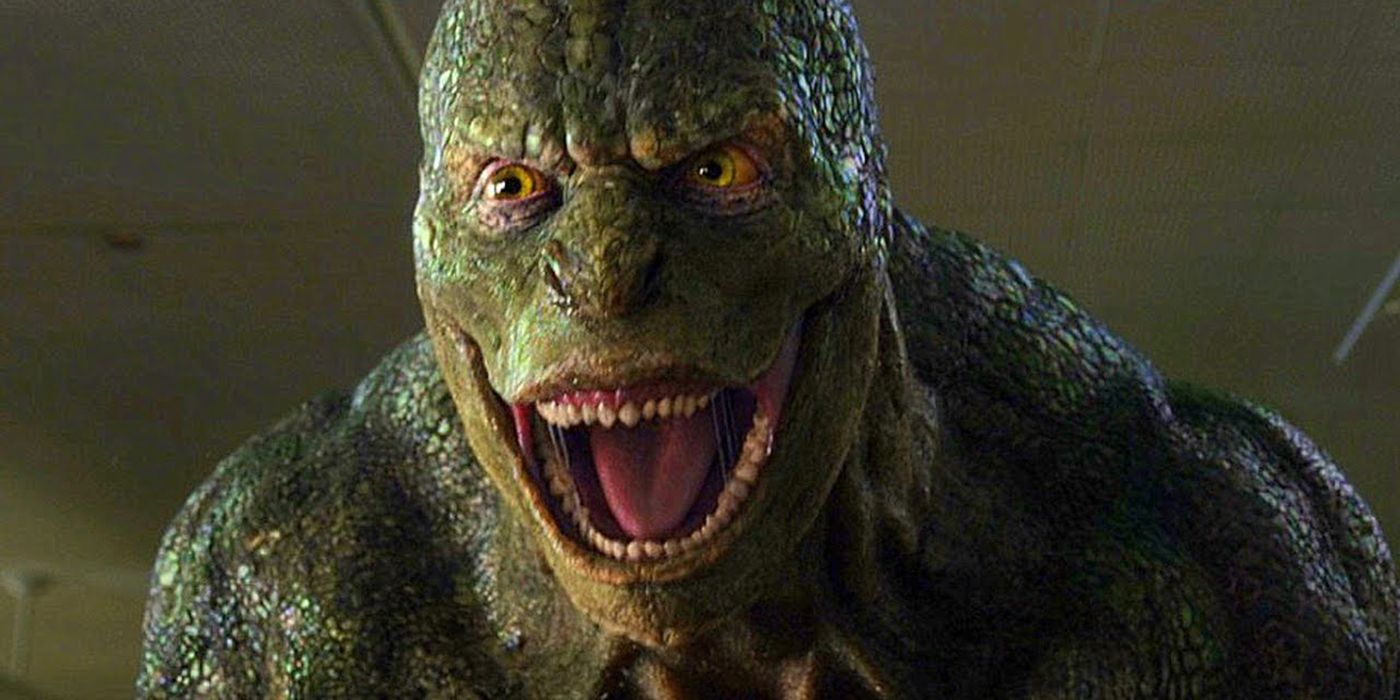Spider-Man has faced quite a wide array of villains, from those who are downright evil, like Electro, to those who are victims more than anything, like Norman Osborn. Though all the Spider-Man movies have shown this in different ways, The Amazing Spider-Man managed to reveal the villain’s humanity first before turning its characters into enemies that were slowly going mad with power. While many remember Electro’s villainous turn, Dr. Curt Connors’ transformation into The Lizard was another noteworthy addition. Though his fights against Spider-Man helped with this, it was more so the story of the man behind the scales that made him a standout.Like the comic book, Dr. Connors transformed back and forth from his lizard form either due to a serum or, more commonly, due to stress. But the one thing that The Amazing Spider-Man did was amplify the danger of these transformations and how they changed the mild-mannered scientist into a threat to Spider-Man and all of New York City. But even though he was an enemy, tragedy wasn’t far behind, and every transformation only accelerated the character’s change and placed him on a road that led farther from humanity.Dr. Curt Connors worked at Oscorp Industries, studying cross-species genetics. Though he was tasked with finding a way to heal a dying Norman Osborn, Connors’ private goal was to use the DNA of reptiles to help regrow his missing arm. It wasn’t until Peter Parker introduced himself to the scientist and offered the key that made his serum work that Connors attempted a test on himself. Though his arm was regrown, it came with the side effect of the reptilian DNA taking over and turning him into a massive lizard. To make matters worse, it began to corrupt his mind and make him want to spread his serum across the whole of New York City.RELATED: Shang-Chi May Have Introduced the Best Villains for Armor Wars
Spider-Man has faced quite a wide array of villains, from those who are downright evil, like Electro, to those who are victims more than anything, like Norman Osborn. Though all the Spider-Man movies have shown this in different ways, The Amazing Spider-Man managed to reveal the villain’s humanity first before turning its characters into enemies that were slowly going mad with power. While many remember Electro’s villainous turn, Dr. Curt Connors’ transformation into The Lizard was another noteworthy addition. Though his fights against Spider-Man helped with this, it was more so the story of the man behind the scales that made him a standout.
Like the comic book, Dr. Connors transformed back and forth from his lizard form either due to a serum or, more commonly, due to stress. But the one thing that The Amazing Spider-Man did was amplify the danger of these transformations and how they changed the mild-mannered scientist into a threat to Spider-Man and all of New York City. But even though he was an enemy, tragedy wasn’t far behind, and every transformation only accelerated the character’s change and placed him on a road that led farther from humanity.
Dr. Curt Connors worked at Oscorp Industries, studying cross-species genetics. Though he was tasked with finding a way to heal a dying Norman Osborn, Connors’ private goal was to use the DNA of reptiles to help regrow his missing arm. It wasn’t until Peter Parker introduced himself to the scientist and offered the key that made his serum work that Connors attempted a test on himself. Though his arm was regrown, it came with the side effect of the reptilian DNA taking over and turning him into a massive lizard. To make matters worse, it began to corrupt his mind and make him want to spread his serum across the whole of New York City.
#Amazing #SpiderMans #Big #Bad #Wasnt #Destined #Human
Note:- (Not all news on the site expresses the point of view of the site, but we transmit this news automatically and translate it through programmatic technology on the site and not from a human editor. The content is auto-generated from a syndicated feed.))



